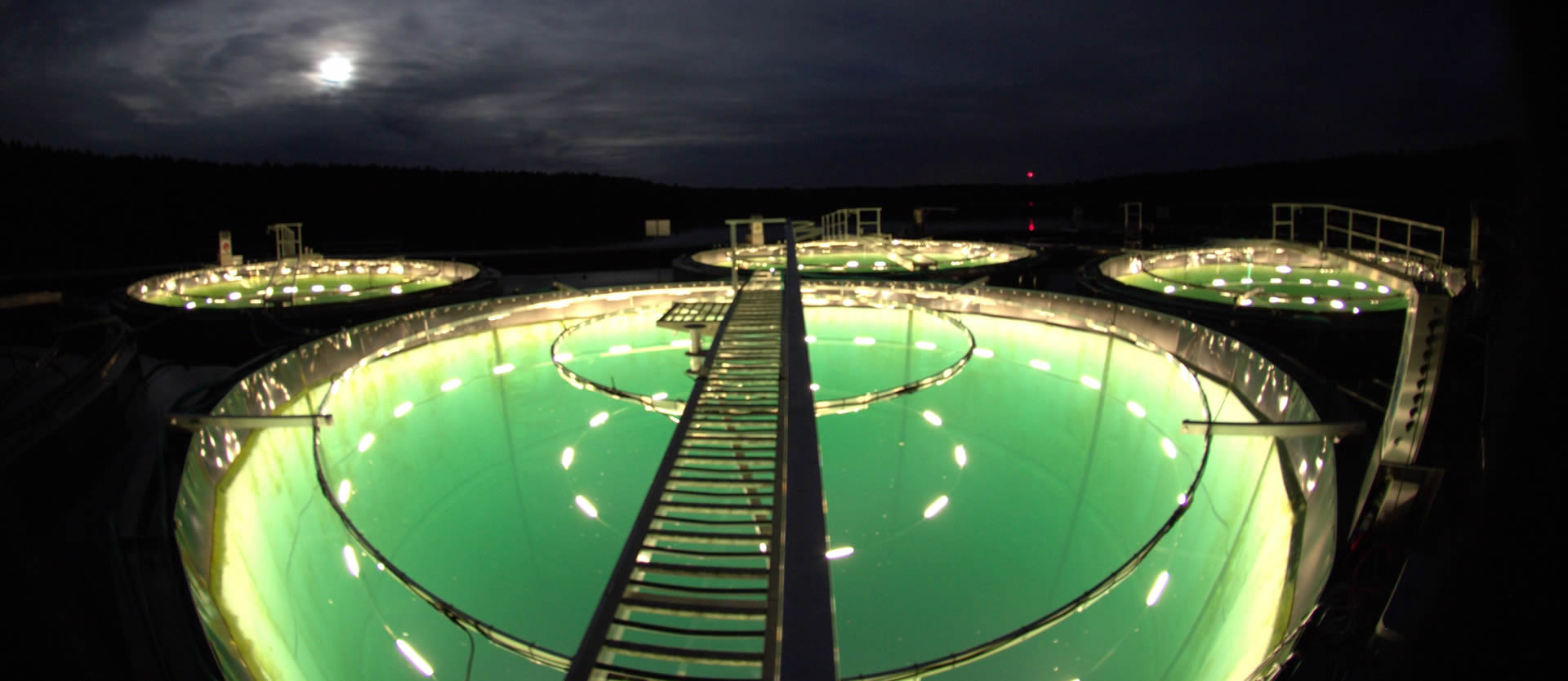
Artificial light experiments on humans and animals
Studies have already proved that animals are sensitive to light pollution. For example, scientists at the Max Planck Institute for Ornithology in Seewiesen found that under the influence of nocturnal artificial lighting, four of six songbirds studied began to sing earlier in the year than usual. From winter to spring, researchers compared dark habitats with those illuminated by streetlights. Artificial lighting affected both the morning and evening chorus. Early rising birds in particular began to sing earlier in the year: it seems that they feel the impact of artificial lighting most acutely.
Humans are not spared from the effects of light pollution. For example, a 2012 study by the University of Education in Heidelberg involving over 1,500 school students found that the brighter it is at night in residential areas, the later adolescents go to bed. This has an impact on their sleep patterns, their wellbeing and their school performance. Adolescents who sleep in brightly lit urban neighborhoods have significantly later circadian rhythms than those in darker, rural areas. The researchers also found that frequent and late-night use of screen-based electronic devices has a strong influence on circadian rhythms.
However, Andreas Jechow is of the opinion that one should not overemphasize the term “light pollution”. “Artificial light also benefits us in many ways,” he says. “But there are reasons – besides energy conservation – to carefully consider our use of artificial light at night.”












